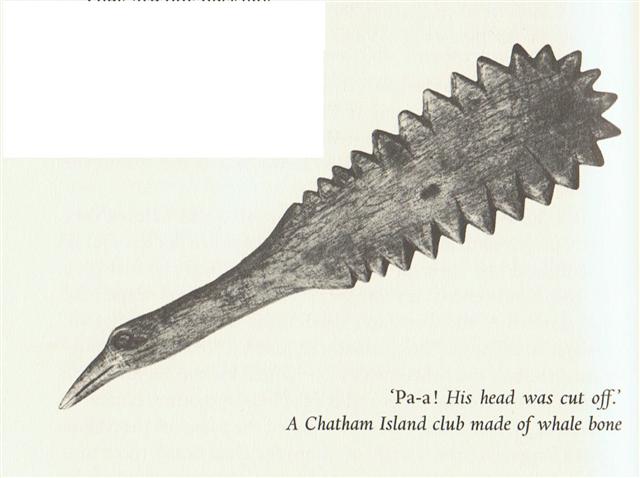1. Let us return to our basic example text. The division
of 16 glyphs into 8 + 8 resembles the division of the 472
days of the G text into 8 + 8 lunar months. This is not a
coincidence, it indicates the same basic structure.
The text on the rongorongo tablets is also divided in 2
'halves', that of the 'front side' ('the side of Sun') and
that of the 'back side' ('the side of Moon'). The text is
growing upwards like a vine on each of the sides. Therefore
I wish to reorder our example text into a corresponding
pattern:
The 'waterfilled sack' is a sign shared by several of my glyph types, for instance:
In addition I have above redmarked also the central toa sign in Eb7-8, which seems to have been intentionally drawn with such a sign added:
The 'waterfilled sack' probably serves as a kind of Sign in our text. My interpretation is that Rogo in Eb7-1 functions as a sign of beginning (no Sign there because Rogo is a standard sign for 'beginning'), and this beginning refers to the sequence of 16 glyphs. Next glyph is hipu in Eb7-2 and the 'waterfilled sack' is here a natural state for a calabash (hipu). From this 'calabash' (little son, tamaiti) grows the 'tree' of the front side, a useful image for someone trying to explain how Sun can be rising higher and higher in spring. When this tree becomes old it becomes dry (devoid of the sweet water of life, vaiora) and it will die. Sun has reached summer solstice. The glyph type toa probably indicates the opposite of the season of 'leaf' - i.e. it indicates the season of 'straw'. From a beginning in 'water' at the bottom end (È) of Eb7-8 the central 'sugar cane' (tôa) has become dry at its top end (Ç). This top end, tari, was used as a harmless weapon in military training. By wordplay it also indicates the turning around of the 'head' from the side of the face to the side 'in shadows'. The way a-head 'goes through the ear', tariga. The eyes are abandoned at the doorstep because in the dark they are useless. The basic concept is entrance through some kind of 'door' from the side of sunlight (life) into a world of 'death'. The hole in the whalebone club below symbolizes the 'door' from this world of light into the shadowy world beyond: 
The 'teeth' of the club are drawn triangular, like the
teeth
of a shark - which is a good image for the voracious
Spring Sun. The number of 'valleys' between these teeth
(they are more easy to count than the tips of the
teeth) number 26, which makes it very clear. It is Sun
who is going to be beheaded.
|
||||||||||||||||||||||||||||||||||||||||||||||||||||||






